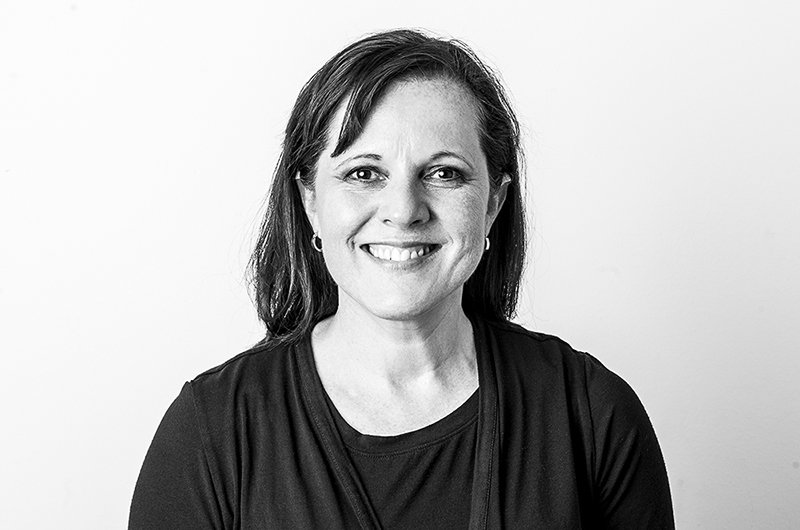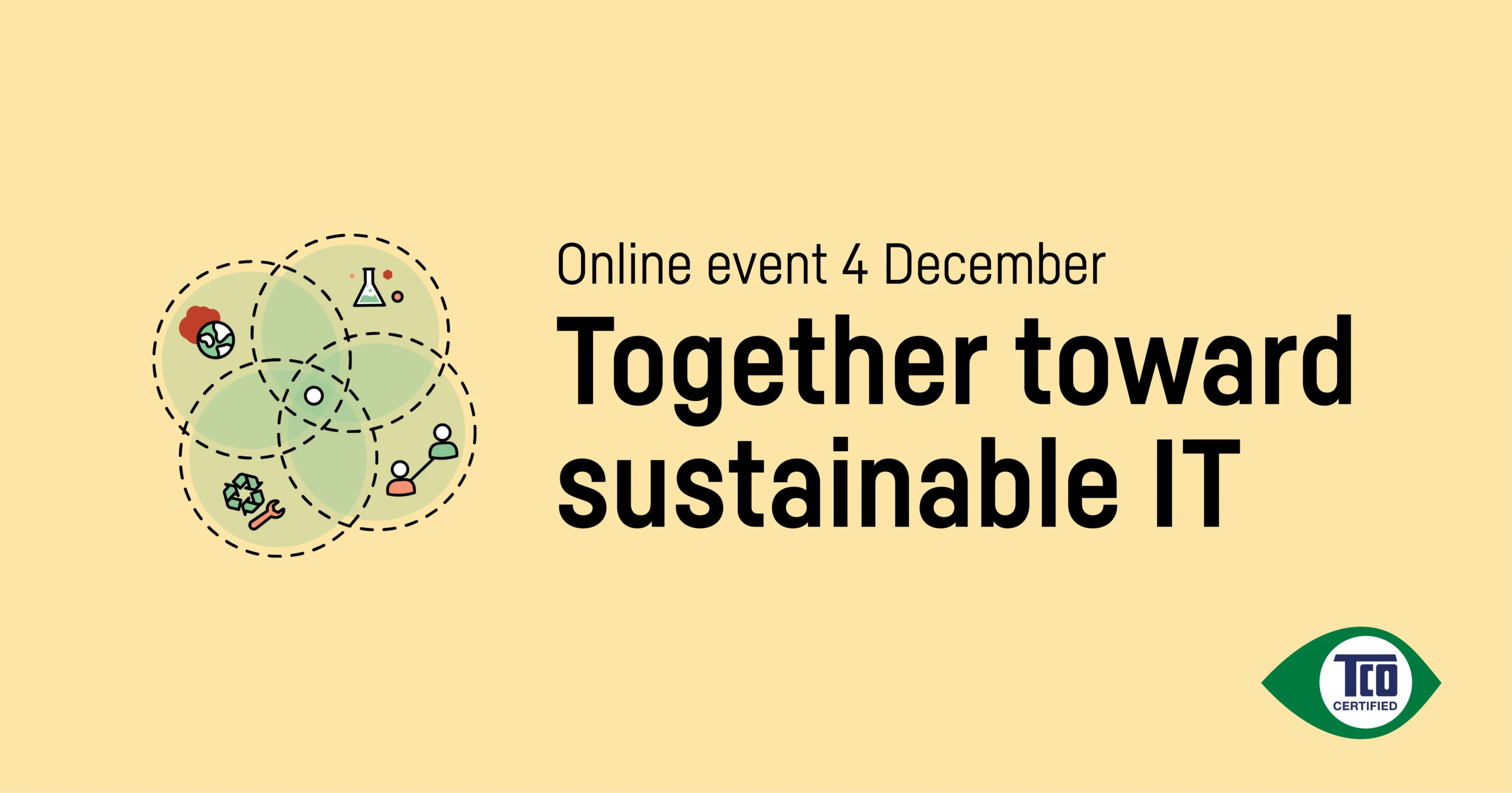Clare Hobby, director of purchaser engagement at TCO Development, explores the unique position of purchasers when it comes to their influence over the development of more sustainable products.
This opinion piece is published by Data Center Review
IT product sourcing is no longer just a function of price and performance. Sustainability is increasingly coming into play as a determining factor in supply contracts for computers and other electronic devices. For organisations in the public and private sector, how we purchase, use and handle electronics also connects with big picture sustainability goals for climate, waste reduction and social responsibility. While these topics are on the minds of users and industry alike, purchasers have a unique power to influence the development of more sustainable products.
IT sustainability hot spots: Environmental, supply chain responsibility
From a sustainable procurement perspective, IT products are considered relatively high risk. Supply chains are global, multi-layered and complex, making verification of working conditions challenging, even for the most well-resourced purchasing organisation. Toxic e-waste continues to mount at the rate of around 50 million tons per year, with only around 20% recycled. Additionally, the linear ‘take-make- use-dispose’ business model is not sustainable, and we need to shift to one that is more circular.
For product buyers, addressing environmental and social responsibility makes their task even more complex. They need to know they can receive products that meet their desired performance and at the right price, but that are also verified to meet criteria for lower environmental impact and more responsible working conditions in the supply chain.
How can buyer decisions help move industry in a more sustainable direction and impact these hot spots?
The purchaser holds the key
We know from our years of certification experience and ongoing work with the IT industry, purchasers and other stakeholders, that one of the most effective ways to spur effective action on these issues is when buyers raise their voices. The question then becomes, how?
Product specifications and relevant sustainability criteria in policy and contract language are essential in order for the IT industry to deliver an effective response. An important consideration here is that industry responds best when those criteria are relevant, clear and coordinated.
Don’t go it alone
Certifications help buyers set criteria that directly affect industry action. When buyers develop their own specific product sustainability criteria, the result is a multitude of diverse specifications and requirements, without a unified message to the industry. This lack of clarity can make it challenging and ineffective for IT brands and suppliers to meet these diverse customer needs, while also delivering large-scale progress on priority targets connected to supply chain responsibility and environmental impact.
With over 25 years of experience, TCO Certified is the global sustainability certification for IT products. The criteria we have developed in TCO Certified are designed to be progressive and challenging, yet realistic for the IT industry to implement at scale for the products volume purchasers demand. An additional benefit is the inclusion of independent verification, which helps strengthen trust in the system from both purchasers and industry. When multiple purchasers use the same criteria, a clear and coordinated message is delivered to industry, creating conditions for them to respond more effectively and focus on areas where change is needed the most.
In this way, purchasers can know that the criteria they set are driving real, measurable progress, and that independent verification is included. So the more purchasers use the same criteria, the greater the sustainability benefits. When purchasers use their voice effectively, together we take the next step toward a sustainable life cycle for electronics.
What about the circular economy?
Our current, linear way of producing and consuming products is threatening fragile ecosystems, causing the loss of valuable natural resources. For IT, we need to develop a more circular approach. This means keeping existing products and materials in high value use longer, and avoiding waste altogether. Keeping materials in high value use for as long as possible also means lowering reliance on virgin materials. We also need to make sure those materials contain safer substances so as to not present continued hazards.
Sometimes the short lifespan is due to planned obsolescence where products break easily and are difficult to repair and upgrade. More specifically, virgin materials are extracted at a faster rate than they can be replenished. Once discarded, products are treated as waste and are often incinerated or placed in landfills, leading to the loss of valuable and scarce natural resources. Unsafe ways of handling waste also lead to hazardous substances leaching into soil, water and air. Both the manufacturing and transportation of products lead to pollution and extensive energy use that can be avoided in the circular economy.
For purchasing organisations, there are some concrete steps we can take now:

Clare Hobby
Director of purchaser engagement at TCO Development




